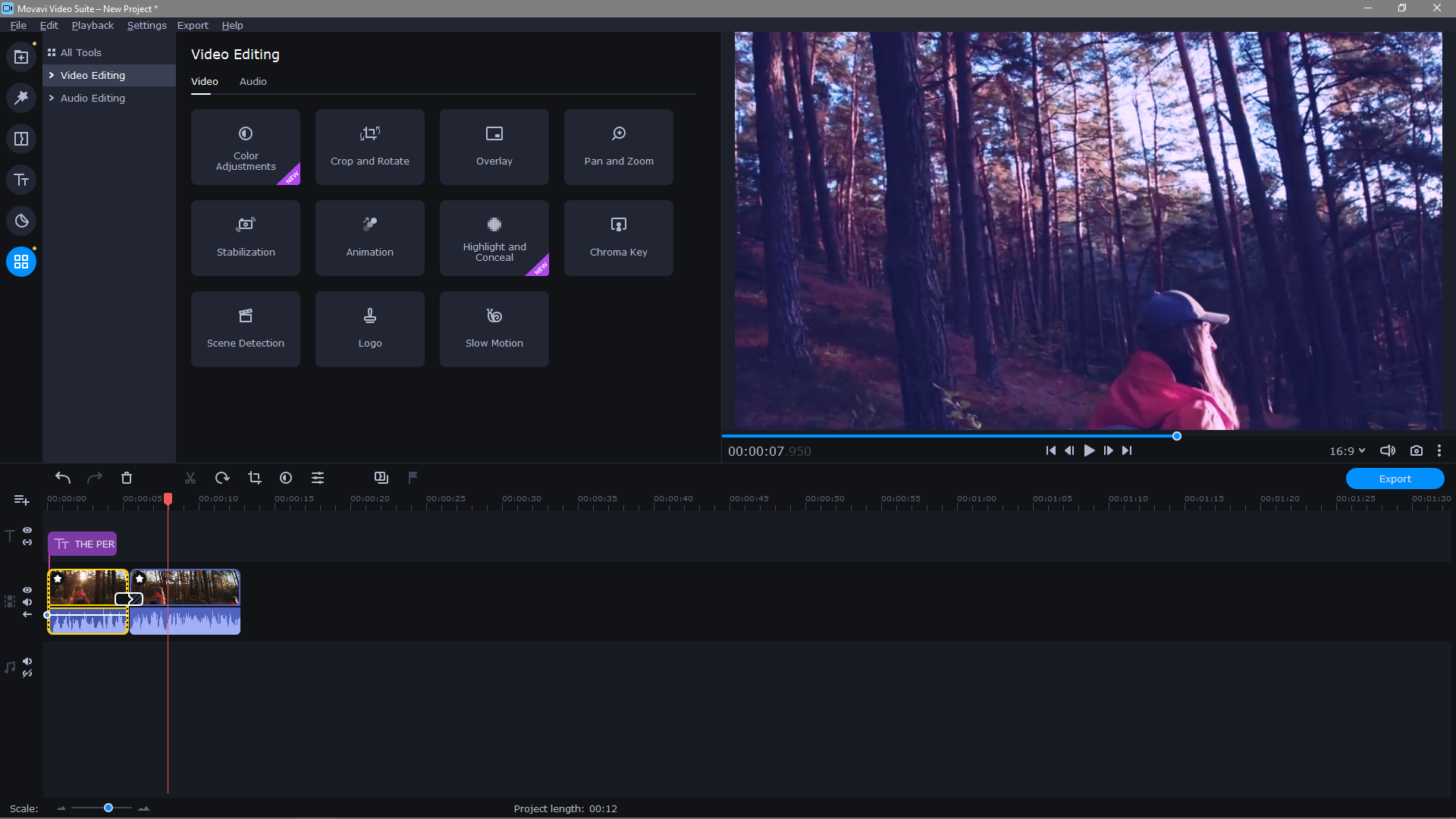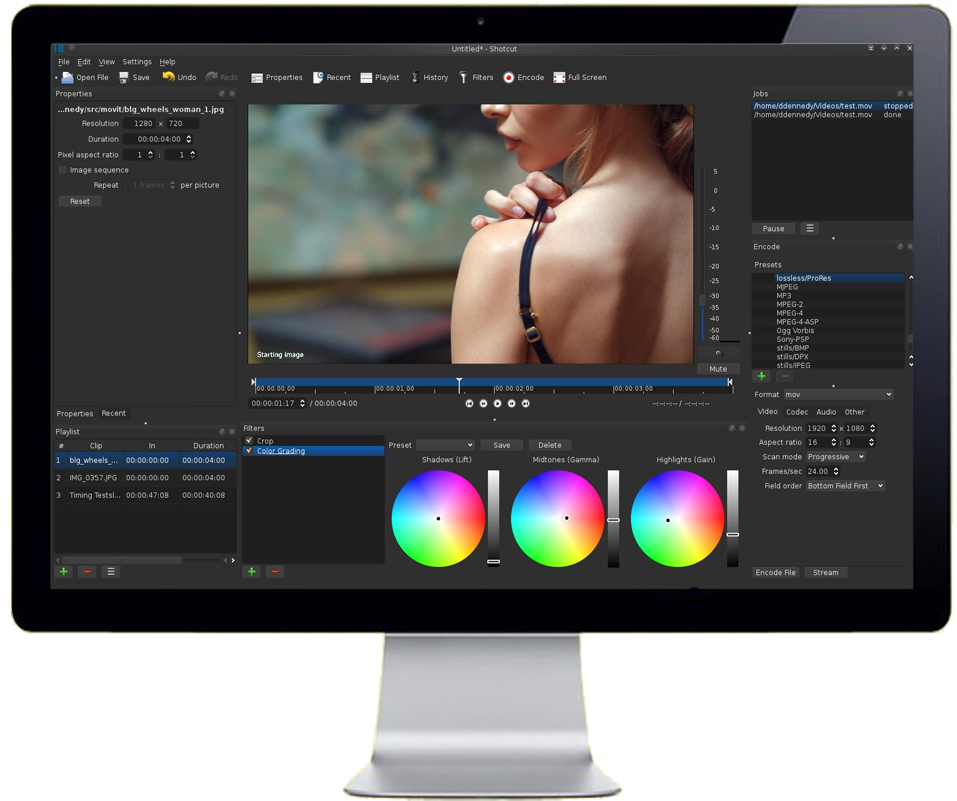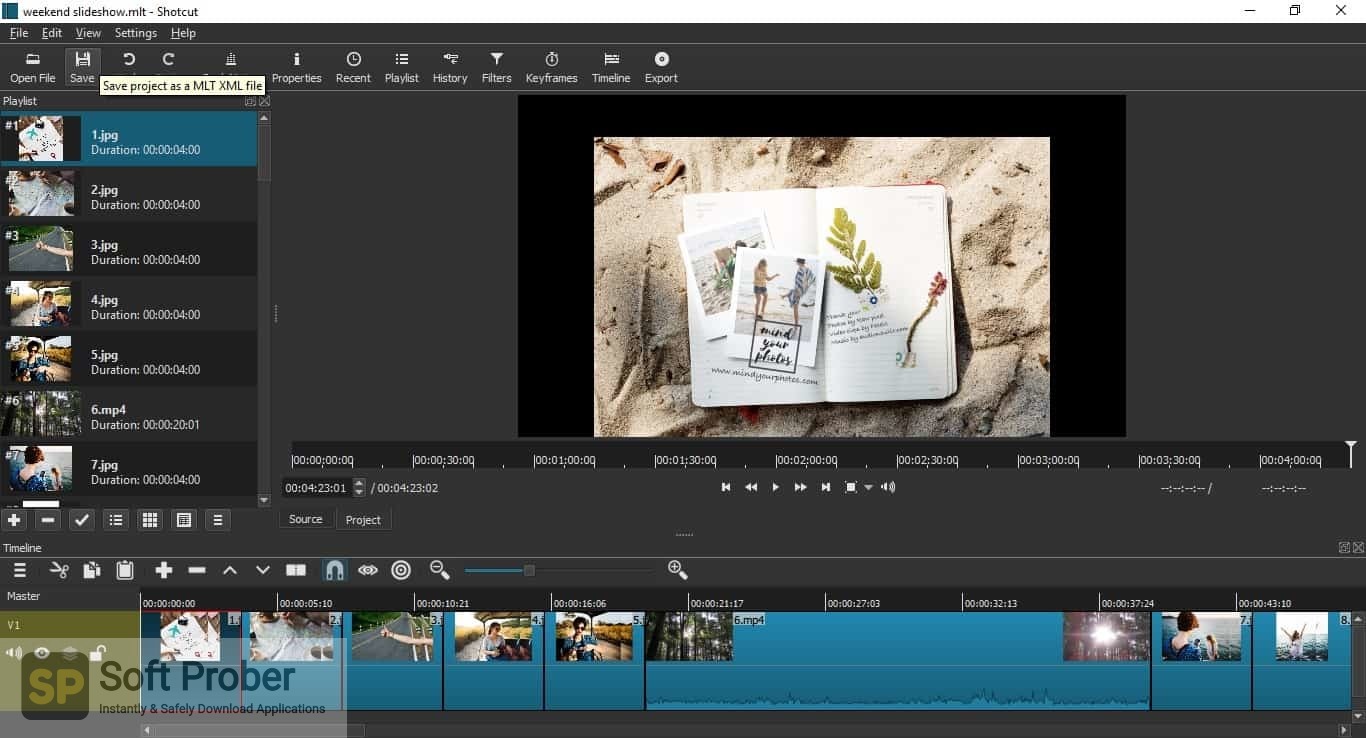

Marketing actions can modulate neural representations of experienced pleasantness (Plassman, pnas.The Shotcut interface is bare bones, but there’s plenty you can accomplish right from the timeline. PPS - For your own copy of Robert Cialdini's fascinating book, Influence, click the book cover below:ĭoes Expensive Art Just Look Better? (Clint Watson / FineArtViews)Įxpensive Wine Just Tastes Better (Nicole Obert / Brain Blogger) It would be great if we could have more art education and art appreciation where people learned to judge art for themselves and learned to stop relying on shortcuts. For example, people who collect a lot of art and who have seen quite a lot of artwork become able to judge quality without regard to price and indeed come to relish "discovering" great new artists before their prices get too high. People who are more "experienced" in a given area, they are much less likely to be influenced by shortcuts. PS - Take heart - not everyone in the world uses shortcuts for everything. So if you're not famous and your work doesn't hang in a museum, guess what shortcut people are going use to judge how "good" your artwork is? Price. įame of the artist, the venue where the art is being displayed. Since most people feel that they "don't know much about art", they subconsciously rely on shortcuts.Īnd, when it comes to art, there are really only three shortcuts we can think of. So, it seems, according to Cialdini, that many people have developed the following shortcut: We all know or have been told that, "You get what you pay for" and that "Quality costs more." People walk away muttering, "My three year old could have painted that, but what do I know? It's a a museum so it must be good, right?" Our metal "shortcut" tells us that, "A man playing violin in the subway isn't very good."Ĭontextual shortcuts also explain society's reverence for some of the "modern" art that hangs in art museums. So what do we do? We look for "shortcuts" to put things into context.Ĭontextual shortcuts are the reason that a world-class violinist can be ignored completely if he performs in the subway.

Imagine having to compare artworks and prices of every artist in the world before making a purchase: it would be impossible. We don't possibly have the time to conduct a thorough investigation of every product before we purchase it. The premise is something like this: We all suffer from information overload. Why would doubling the price make more jewelry sell? But her employee misunderstood and double the prices instead and the next day, all the jewelry sold out! He related the story of an exasperated jewelry store owner looking to move some turquoise jewelry that wasn't selling.

In his seminal classic book Influence, Robert Cialdini investigated the effect that price has on purchasers' psychology. Last week we asked Does Expensive Art Just Look Better? And concluded that, for most people.well, yes.


 0 kommentar(er)
0 kommentar(er)
